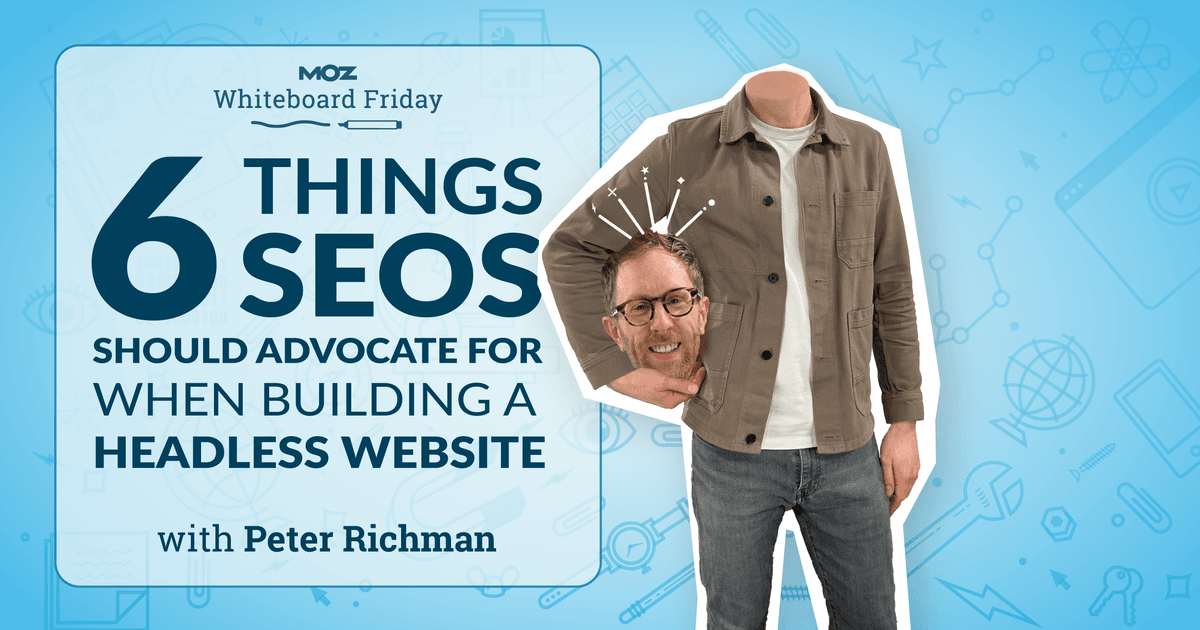Now, when you’re thinking about going headless, there are a couple of things to know.
Well, first off, is how headless works. The key thing to understand is that the back-end system, that system that holds all of your data, is separate from your customer experience. Those fields and data are coming over via an API to build that front-end experience.
There are key different ways to go headless. For example, you might be using a headless CMS, but you might also be getting data from CRMs, ERPs, PIMs, or anything else. The key thing is, though, that this data is separate from the front end and has to come over an API.
So there are a couple of things to know. So, for example, engineering and development teams often make some key assumptions, perhaps about how they might go about delivering this. So, for example, we’ve seen a lot of back-end developers look at headless content management systems and then consider that they have to come up with a progressive web app or a PWA as a front end. But actually, that’s not really the case. It’s very common. And so, a progressive web app might be something like Next.js. It might be React. It might be Angular. It might be Vue. There are lots of different JavaScript frameworks that you can use to build a front end on top of a headless CMS.
But there are actually other ways of doing it. So, for example, you could use a headless CMS to serve data to a classical CMS and build your customer experience on top of that.
And we’ve also seen lots of businesses take into consideration of a composable architecture, incorporating lots of data from lots of different sources and bringing it together in a custom experience, which is a mix of progressive web apps, front end, and classical CMSs.
So depending on the complexity of your website and your business and how many people are involved, the key things you need to consider and advocate for I just want to highlight today.

